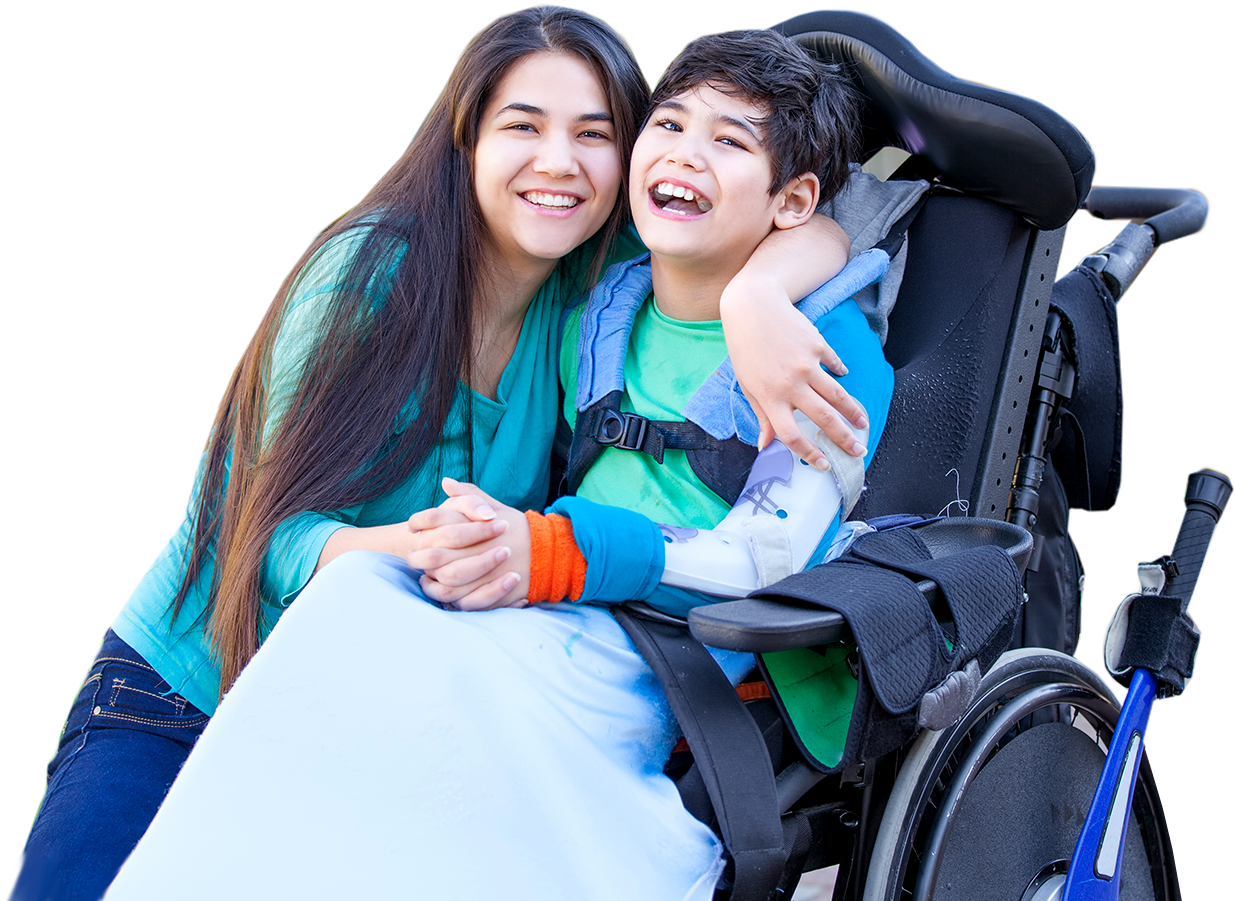Cerebral Palsy Information
resources and tools to understand CP

- Alternative
- Assistive Technology
- Associated Conditions
- Birth Injury
- Causes of Cerebral Palsy
- Cerebral Palsy Diagnosis
- Cerebral Palsy Information
- Cerebral Palsy Therapies
- Cerebral Palsy Treatments
- Child Development
- Doctor Visits
- Education
- Equipment
- Featured
- Legal Help
- Medical Research
- News
- Patient Care
- Prenatal Care and Childbirth
- Stories
- Tips for Parents
- Types of Cerebral Palsy
- Updates
Posts in 'Cerebral Palsy Information'
What Are the Early Signs of Cerebral Palsy?
The first months and years of a child’s life are filled with milestones. Your child will typically start crawling, walking and exhibiting other behaviors during this time. If your child fails to reach these milestones, it could be an indication of cerebral palsy. These common early signs of CP can help you be aware if... Read More
Improving Quality of Life in Children with Cerebral Palsy
A cerebral palsy diagnosis can greatly impact the quality of life for both a child and their entire family. Although living with cerebral palsy may necessitate various changes and accommodations, there are ways of improving the wellbeing, comfort, and happiness of children with cerebral palsy. What Impacts Quality of Life for Children With CP and... Read More
Symptoms of Cerebral Palsy
Cerebral palsy is a condition caused by brain damage that leads to poor muscle tone and movement issues, including rigidity, involuntary movements, and unbalanced walking. The effects of CP on a child can vary, but it’s important to understand the possible cerebral palsy symptoms so that you can get your child the help they need.... Read More
What’s the Difference Between Cerebral Palsy and Traumatic Brain Injury?
Though cerebral palsy and traumatic brain injuries (TBI) have similar treatment plans and forms of rehabilitation, there are several differences between the two conditions. As the parent or loved one of a child with cerebral palsy, it’s important to understand how these conditions differ to ensure your child receives a proper treatment plan to suit... Read More
What Is the Average Life Expectancy for Children With Cerebral Palsy?
Families with children suffering cerebral palsy often wonder, “How long do people with cerebral palsy live?” Most children with cerebral palsy can have a long, productive life with the right care and treatment. This, of course, means they may need more medications, therapies, and medical interventions than children without it. For kids with cerebral palsy,... Read More
Is Cerebral Palsy Progressive?
Cerebral palsy is a concern for every parent, especially those who are about to deliver or have just experienced a traumatic delivery. Even though thinking about a cerebral palsy diagnosis can be scary, it allows you to prevent, identify, and develop a treatment plan that gives your child the relief and help that they need.... Read More
Is Cerebral Palsy Contagious?
Cerebral palsy is one of the most commonly diagnosed motor disabilities in children, with around 10,000 babies and infants being diagnosed every year. There is currently no cure for cerebral palsy, but there are treatments and therapies that can help with some of the symptoms and enable many people with the condition to enjoy a... Read More
Can CP Be Cured?
Cerebral palsy (CP) is a group of disruptions to normal movement, posture, balance, and muscle function, usually caused by damage to the brain as it grows. CP is the most common childhood neurological disability, affecting more than 500,000 people in the United States. It is more common in boys than girls and results in varying... Read More
Is Cerebral Palsy a Neurodevelopmental Disorder?
Neurodevelopmental disorders are primarily associated with the brain and neurological system’s functioning, resulting in disability. Children with neurodevelopmental disorders such as cerebral palsy may have difficulties with motor skills, speech, language, memory, learning, behavior, and other neurological functions. Why Is Cerebral Palsy a Neurodevelopmental Disorder? Cerebral palsy (CP) is considered a neurodevelopmental disorder because it... Read More
What to Know About Athetoid Hemiplegic Cerebral Palsy
Also known as dyskinetic hemiplegic cerebral palsy, athetoid hemiplegic cerebral palsy is a type of movement disorder that affects only one side of the body. Resulting from damage to the developing brain, this condition causes involuntary movements such as trembling, twisting, and grimacing, making it difficult for a patient to live a normal life. While... Read More
